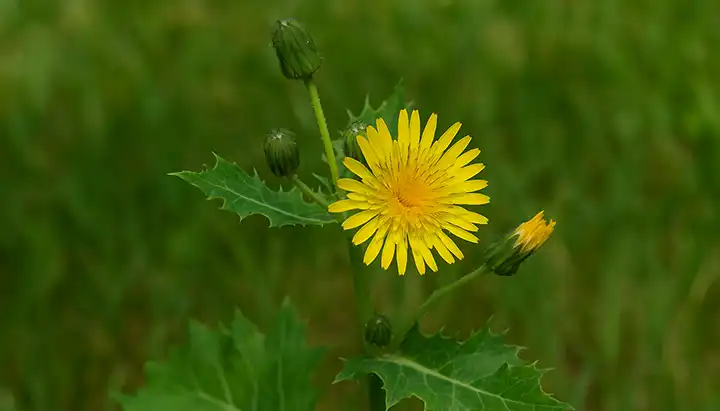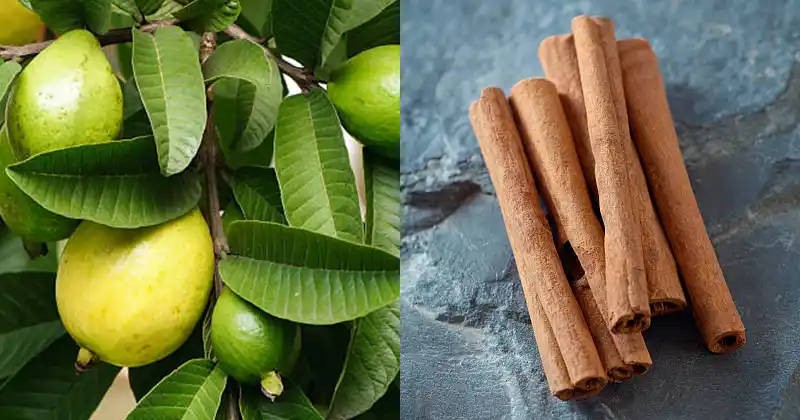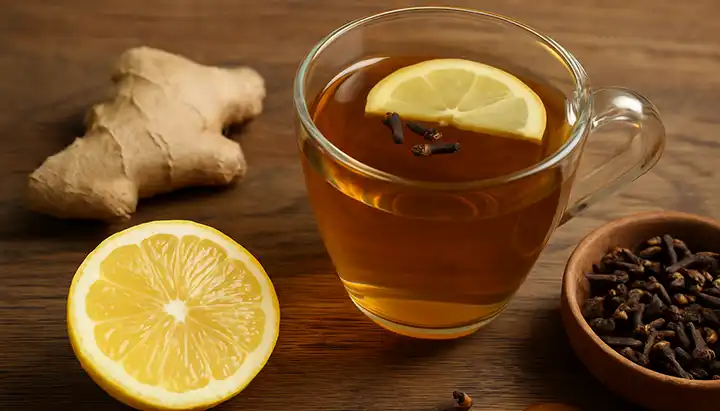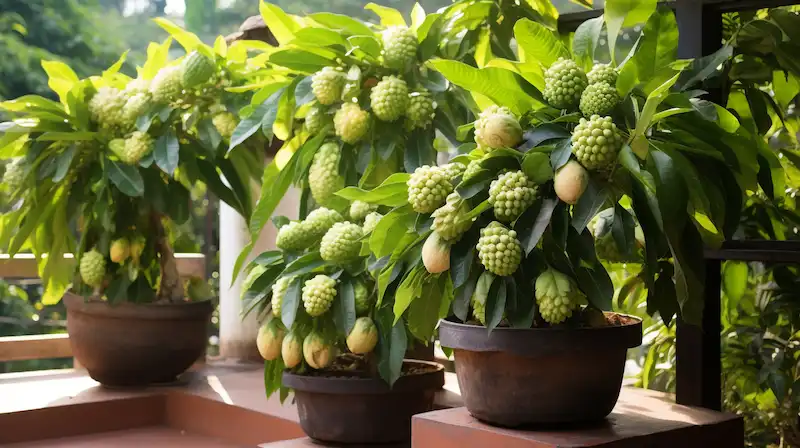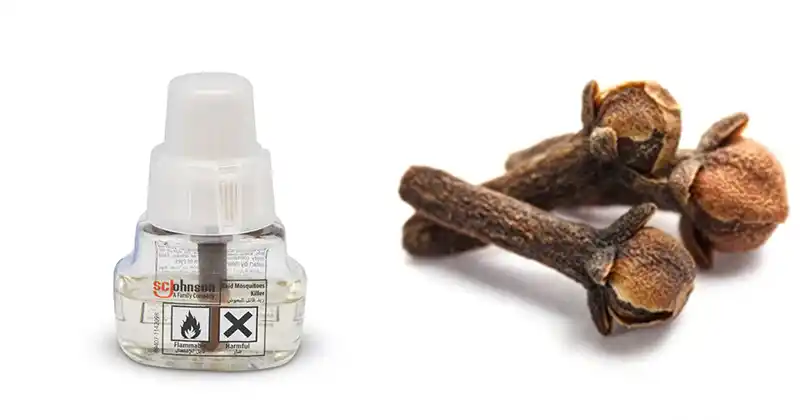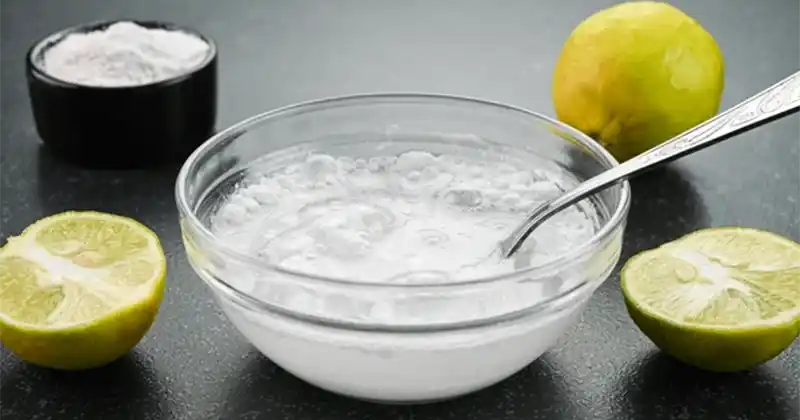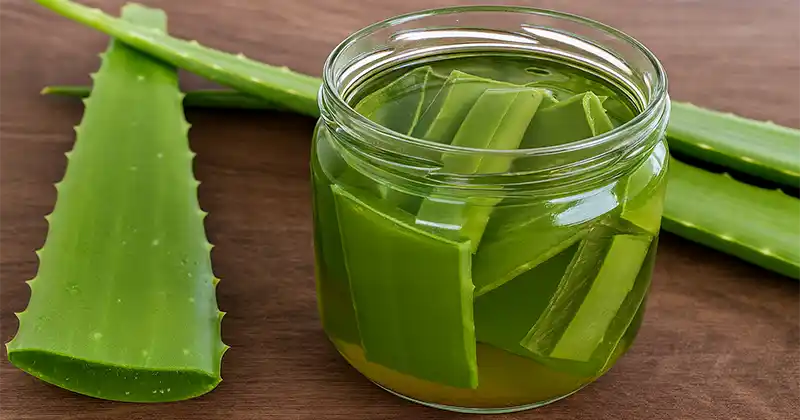Japanese honeysuckle (Lonicera japonica) is a fragrant flowering vine native to East Asia, widely naturalized in many areas. While often considered invasive, its traditional use in herbal medicine—especially in Chinese and Japanese practices—is well-regarded. Here’s an overview of its key health/medical benefits and homemade applications:
✅ Main Health/Medical Benefits of Japanese Honeysuckle
- Anti-inflammatory Properties
Chlorogenic acid and luteolin in Japanese honeysuckle help reduce inflammation, beneficial for arthritis, sore throat, or skin irritation. - Antiviral and Antibacterial Effects
Used in Chinese medicine to combat bacteria (e.g., Staphylococcus aureus) and viruses (e.g., flu). - Immune Support
Its antioxidants bolster the immune system, helpful during colds, flus, or allergies. - Fever Reduction
Honeysuckle tea can help lower fever during viral infections. - Respiratory Support
Helpful for bronchitis, cough, or sore throat due to its soothing effects. - Detoxification
Promotes detoxification through diuretic properties. - Digestive Health
A mild tea soothes stomach discomfort or indigestion. - Skin Health and Wound Care
Infusions or pastes help treat wounds, rashes, or acne. - Oral Health
Useful in homemade mouthwashes for gum and dental health. - Calming Effects
Honeysuckle tea has a gentle relaxing effect.
🏡 Homemade Uses of Japanese Honeysuckle
Important: Only use the flowers and leaves (in small amounts). The berries are toxic and should never be consumed.
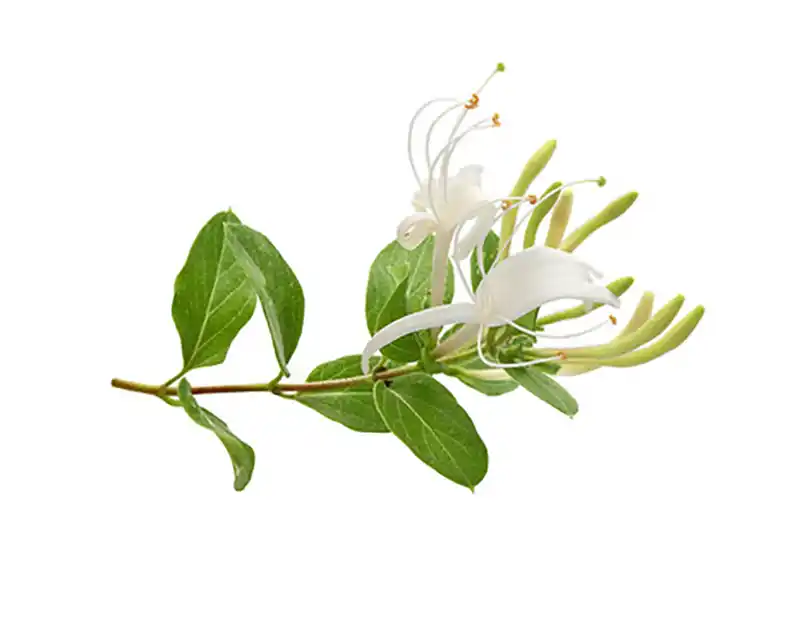
1. Honeysuckle Tea (For Colds, Fevers, and Detox)
Ingredients:
- 1 tablespoon dried honeysuckle flowers (or a small handful of fresh)
- 2 cups hot water
Instructions:
- Steep the flowers in hot water for 10–15 minutes.
- Strain and drink up to twice a day.
Use during flu season or for minor infections, sore throat, or digestive discomfort.
2. Honeysuckle Syrup (For Cough and Sore Throat Relief)
Ingredients:
- 1 cup honeysuckle flowers
- 1.5 cups water
- 1/2 cup honey
Instructions:
- Simmer flowers in water for 15 minutes.
- Strain the liquid and mix with honey while warm.
- Store in a glass jar in the fridge.
Take 1 teaspoon up to 3 times daily for throat or cough relief.
3. Honeysuckle Compress (For Skin Irritation and Wounds)
How to Use:
- Make a strong tea and let it cool.
- Soak a clean cloth in the liquid and apply to affected skin.
Soothes rashes, acne, or small wounds.
4. Honeysuckle Bath Soak (For Relaxation and Skin Health)
Instructions:
- Steep 1–2 cups of dried flowers in hot water.
- Add the strained liquid to a warm bath.
Relieves tension, calms the skin, and promotes a sense of well-being.
5. Homemade Mouth Rinse (For Oral Health)
Instructions:
- Brew a mild tea from the leaves and flowers.
- Let it cool and use as a mouth rinse once or twice daily.
Can help reduce gum inflammation and freshen breath.
⚠️ Precautions and Disclaimer
- Never consume the berries—they are toxic.
- Do not use during pregnancy or breastfeeding without medical advice.
- Always test skin applications on a small patch first to avoid allergic reactions.
- This plant can interact with medications or cause allergic reactions in sensitive individuals.
This article is for informational and educational purposes only and is not intended as medical advice. Always consult with a qualified healthcare provider before using any herbal remedies, especially if you have existing health conditions, are taking medications, or are unsure about the plant’s effects. The author and publisher are not responsible for any adverse effects or consequences resulting from the use or misuse of the information presented.
Japanese honeysuckle (Lonicera japonica) is more than just a beautiful, fragrant plant. It offers a variety of natural remedies—from soothing teas to skin applications—especially useful for colds, inflammation, and skin issues. Always use the correct parts of the plant (flowers and young leaves), and consult a health professional if unsure. Used properly, it can be a gentle and effective addition to your homemade herbal toolkit.

